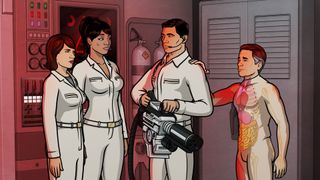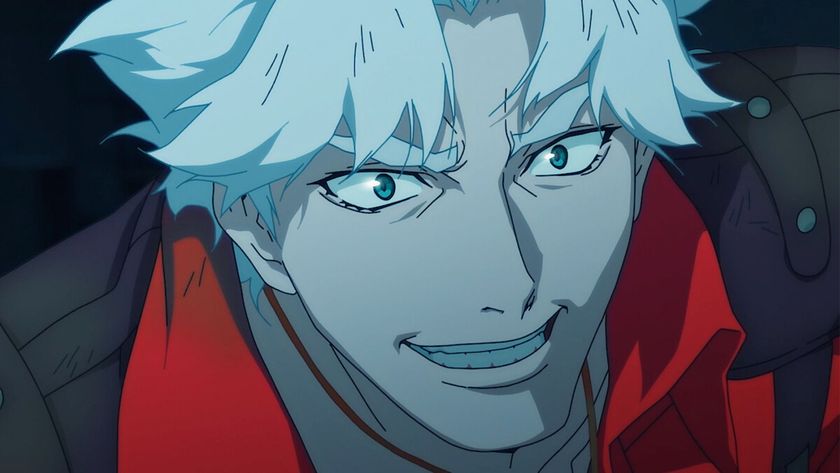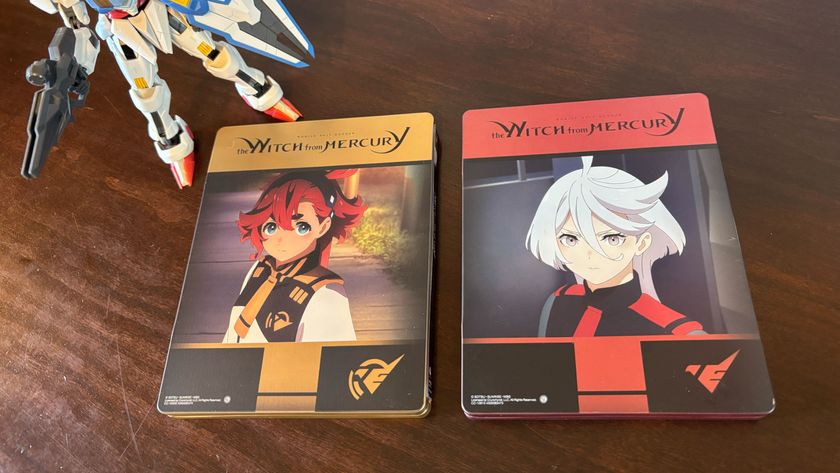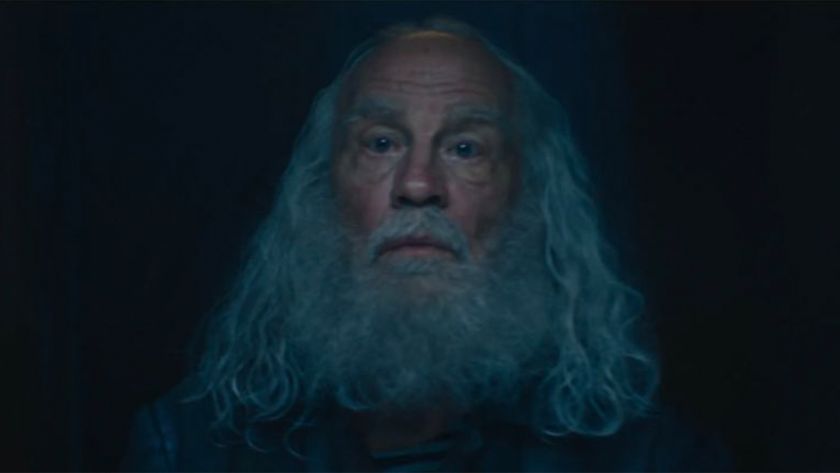Why the Castlevania TV show on Netflix tells the Belmonts' story better than any game could
Exploring how Konami’s dark fantasy series bites back in a TV adaptation that forgoes video game tropes to make for a stronger story
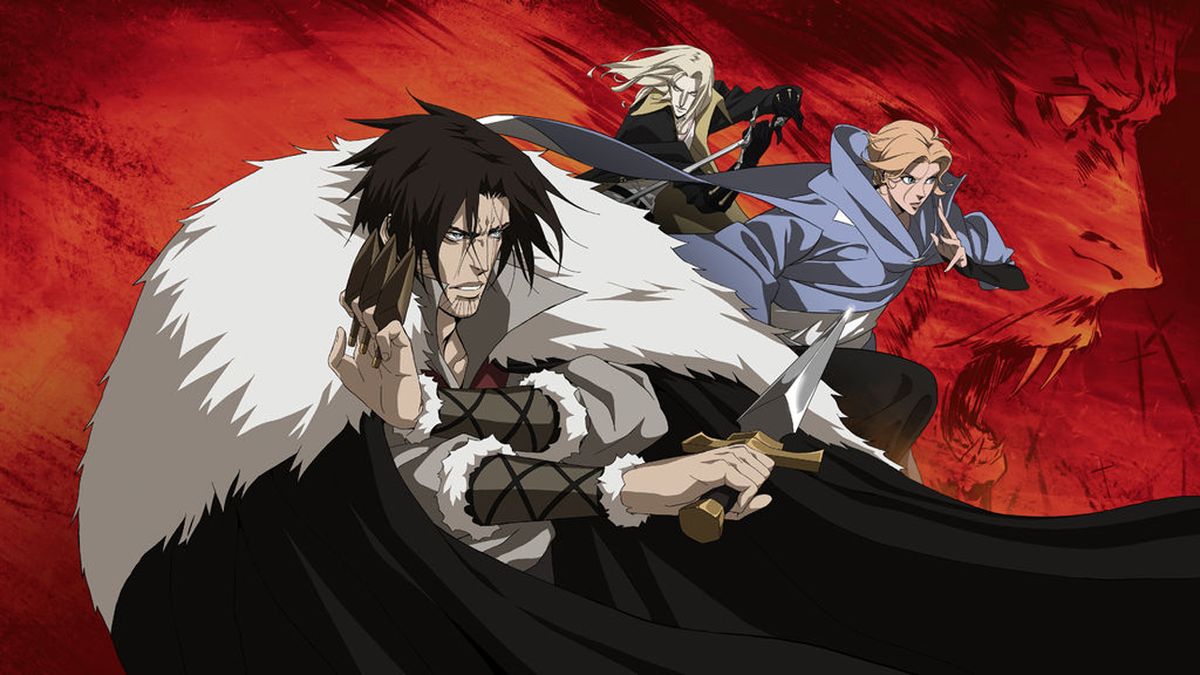
It’s nice to be surprised sometimes. If, like me, you’re someone who frequently shudders at the first sign of having one of your long-time favourite game franchises translated into another medium, you can understand why I was fraught with worry upon learning Netflix’s intention to adapt Castlevania into a TV series. How refreshing it is to know then, that Castlevania isn’t just passable, but genuinely fantastic. It perfectly balances being a faithful adaptation of 1989’s Castlevania 3: Dracula’s Curse while also introducing enough new elements to raise the stakes much higher than Konami’s original video games ever could. Quite a feat.
The most noticeable way it accomplishes this is in just how cinematic this rather straightforward tale of good versus evil actually is, even by anime standards. Right from the beginning of episode 1 we’re shown the early days of an unrequited love between Dracula and the innocent-minded Lisa, only to have such promise immediately stolen from us as the cruelty of humanity results in her burning at the stake. Suddenly we find ourselves empathising with one of literature’s most infamously malevolent villains, giving Dracula a level of personal depth not often seen in other portrayals - especially Castlevania games.
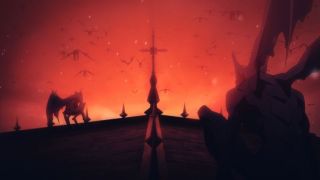
As good as Konami’s original 8-bit Castlevania games for the NES were, the grand stories they attempted to weave were understandably restricted by the hardware they were forced to run on. Any narrative context was often relayed via walls of text and any gorgeously-detailed castle degradation contrasted by the necessary blacks of 1980s limitations, making it extremely tough to go back to and enjoy today. Here it’s replaced with a simple yet incredibly well-realised art style - reminiscent of its Japanese origins - that makes a good case as the best way to experience Trevor Belmont’s tale of challenging Dracula.
The Castlevania series has always been known for portraying a sickly gothic take on fantasy, albeit with a few nonsensical lore elements you’d only find in a video game. Dracula’s son’s name (Alucard) is literally his own backwards for heaven’s sake. Yet in the show any campiness makes way for an ultimately tragic tale which ups the ante and brings on the gore, largely as a result of Castlevania’s iconic weapon of choice: the whip. Villagers are ripped in half, axes are sent flying, and a particular sequence in episode 2 gives a whole new meaning to the expression ‘an eye for an eye’. For me, Castlevania is all the better for it.
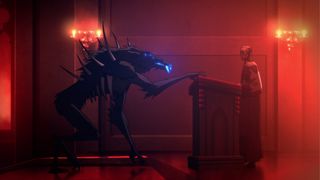
Speaking to IGN earlier in the year show runner Adi Shankar shared his intention to create the series in the vein of Game of Thrones, adding that: [the show would be] “America’s first animated series for adults”. For the most part, he succeeds. The R rating is indicative of not only the tide of blood-drenched villains that come any time Trevor reaches down for his whip, but also the darker themes of unrelenting guilt and tragedy which are always at play and consistently building.
Old dog, new tricks
You know Castlevania isn’t going to be your typical video game adaptation fare when we’re not introduced to our main protagonist until the end of the opening episode. A far cry from the legend Dracula’s Curse would have you believe, here Trevor Belmont is very much a gun (or short sword) for hire to begin with, painting him more as the everyman rather than the hero. It’s yet another example of how Netflix’s Castlevania takes inspiration from the games, yet isn’t afraid to iterate upon it, successfully filling in another facet to a fan favourite character that never feels intrusive or disrespectful.
“Killing you was the point, living through it was just a luxury” proclaims Trevor during the height of what could arguably be deemed Castlevania’s most climactic battle, shortly before the series close, where he’s primed into the more well-rounded hero we see in the games. Such smartly-written dialogue is a testament to the tact of comic book writing veteran Warren Ellis and his ability to dabble with themes of existence, belief, and humanity. “Lies in your house of god?” rumbles one of Dracula’s winged agents of evil. “No wonder he has abandoned you”. Just a reminder, we’re still talking about a Castlevania TV show here.
Sign up to the 12DOVE Newsletter
Weekly digests, tales from the communities you love, and more
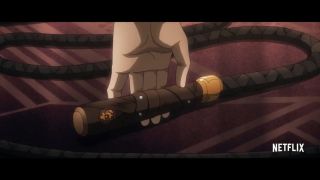
It helps that the Netlix show’s voice cast seems to be made up of a who’s who of actors that have appeared in some of Hollywood’s most recognisable fantasy franchises. The Hobbit’s Richard Armitage brings a subtle charm to the otherwise roguishness of the last surviving member of the Belmont clan, while Battlestar Galactica's James Callis suits the unsettling composure of Alucard well. Even when compared to Robert Carlyle’s take on Gabriel Belmont in 2010’s Castlevania: Lords of Shadow, the show’s cast simply does a better job at selling you on the plight of these characters, even those being suffered by the wider populous of Wallachia.
The Castlevania games have always been primarily a solo venture, making a point of placing you amidst the isolation of an unknown and unsettlingly ever-changing landscape. In a game this works tremendously well when wanting to balance challenge and build up a sense of dread. Here, for the first time the franchise’s characters have been given a chance to breathe (even if it is for a brief, four episode stint), and create meaningful relationships with each other. By the end we’re rooting for an ensemble bunch of underdogs that are by no means perfect.
Castlevania’s final episode sees the show crescendo into a symphony of terror as the absent Dracula’s army clenches its grip ever tighter, very much setting up the chessboard for relationships, plot points, and ideas that will almost certainly come to a head in the already-announced second season. It’s by no means perfect or even fully-formed, but Netflix’s latest original venture has created a respectful video game adaptation that nobody saw coming. It has enhanced the Castlevania franchise in ways a video game could never do, and that will forever be its greatest achievement.
Aaron is a freelance writer who appreciates a good video game story just as much as great visuals and gameplay. Having covered the subject for places like WIRED, Den of Geek, PLAY Magazine, NME, PC Gamer and more, he’s well equipped to discuss a range of topics and industry goings-on through in-depth features, developer interviews and thoughtful reviews. His favourite game ever is 2005’s TimeSplitters: Future Perfect, a madcap character shooter from the makers of GoldenEye 007 that he first played whilst on holiday in Butlin’s Minehead. Because who needs to have fun in the sun, anyway?
Most Popular





